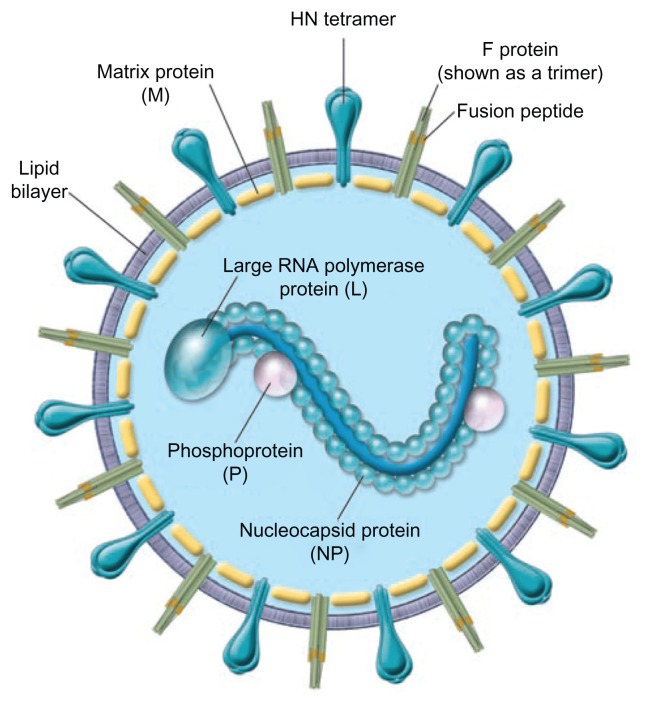
3D cultures for Parainfluenza viruses
3D cultures are now being extensively used to study the effects of respiratory viruses on host tissues. 3D cultures contain a modifiable platform to culture cells, that allows for development of in-vivo like structure and function of cells, resulting in cellular responses that representative of native state. 3D cultures has provided a wide rage of opportunities to obtain translatable data that can be used efficiently to study viral pathogenesis, as well, potential therapeutics.
Parainfluenza virus
Parainfluenza viruses is among the s diseases that can severely affect children. Lower respiratory tract disease caused by parainfluenza viruses, is responsible for one fifth of the global deaths in children less than 5 years of age every year. The virus is typically characterised by its ability to adapt to the host tissue, via mutation to evade host immune response and viral inhibitors. This particular feature of the virus poses a challenge in studying viral pathogenesis of a particular strain in the lab (1).
3D models developed to study viral pathogenesis
With advances in 3D cell culture technology, lung organoids have been developed that were able to ensure successful viral infection, and propagation without exerting any modifications to the viral genome. Moreover the virus infected cells of the lung organoids exhibited no cellular shedding, similar to what is usually observed with parainfluenza viruses in -vivo. Therefore lung organoids are proving to be an excellent platform to study the virus-host interactions (2).
Other 3D cells culture systems are also utilised to study the effects of animal parainfluenza viruses such as bovine parainfluenza virus-3. MDBK spheroid cultures produced in rotating wall vessels infected with the virus, yielded elevated ratio of infected viral particles compared with traditional 2D monolayer cultures (3). 3D models are also relied upon for investigating potential therapeutics and vaccines. 3D human bronchia-epithelial tissue aggregates were found to closely mimic in-vivo tissue structure, thus being a reliable system to study possible vaccines. Epithelial tissues are typically involved in mediating innate immunity in response to a pathogen. Accordingly 3D aggregates of these tissues showed increased gene expression associated with immune response when compared with monolayer cells, further cementing its use as a efficient and reliable model to study viral pathogenicity, as well as test for the safety of vaccines before proceeding to clinical trials.
References
1. Branche, A.R.; Falsey, A.R. Parainfluenza Virus Infection. Semin. Respir. Crit. Care Med. 2016, 37, 538–554.
2. Porotto, M.; Ferren, M.; Chen, Y.-W.; Siu, Y.; Makhsous, N.; Rima, B.; Briese, T.; Greninger, A.L.; Snoeck, H.-W.; Moscona, A. Authentic Modeling of Human Respiratory Virus Infection in Human Pluripotent Stem Cell-Derived Lung Organoids. mBio 2019, 10, e00723-19
3. Malenovská, H. 3D rotating wall vessel and 2D cell culture of four veterinary virus pathogens: A comparison of virus yields, portions of infectious particles and virus growth curves. J. Virol. Methods 2016, 228, 10–15.
4. Deatly, A.M.; Lin, Y.-H.; McCarthy, M.; Chen, W.; Miller, L.Z.; Quiroz, J. Paramyxovirus Infection Mimics In Vivo Cellular Dynamics in Three-Demensional Human Bronchio-Epithelial Tissue-Like Assemblies; NASA Johnson Space Center: Houston, TX, USA, 2012.
5. Falsey, Ann. (2012). Current management of parainfuenza pneumonitis in immunocompromised patients: A review. Infection and drug resistance. 5. 121-7. 10.2147/IDR.S25874.



